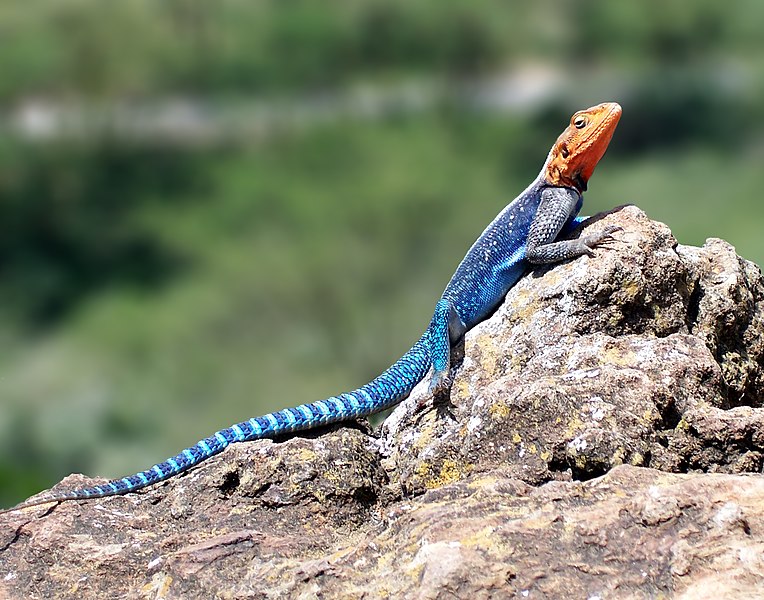 Please see Part I of this article for a description of UVA light, information about its importance to reptiles and amphibians and its role in their captive husbandry.
Please see Part I of this article for a description of UVA light, information about its importance to reptiles and amphibians and its role in their captive husbandry.
Light and Heat
In addition to promoting natural behavior and improving the appetites of many captive reptiles and amphibians, ( Part I), the light emitted by UVA bulbs will also accentuate your pets’ natural colors.
The models listed below are incandescent, and therefore provide heat and encourage basking. When placed in close proximity to florescent UVB bulbs (which emit little heat), UVA bulbs can help assure that your pets receive the full spectrum of essential light rays.
Light Cycle
The length of the UVA light cycle provided is critical, especially for those creatures that are native to areas subjected to seasonal changes in sunlight intensity and duration. Ideally, you should study the natural habits and ranges of the animals in your collection, and endeavor to provide them with an appropriate light cycle.
Suggested UVA-Emitting Bulbs (Lamps)
Zoo Med manufactures a number of useful UVA bulbs.  Repti-Halogen Bulbs are available in 50-150 watt sizes. Repti-Basking Spotlights offer a narrow, tight beam, and range in size from 25-150 watts.
Repti-Halogen Bulbs are available in 50-150 watt sizes. Repti-Basking Spotlights offer a narrow, tight beam, and range in size from 25-150 watts.
Zoo Med Turtle Tuff Halogen Bulbs are water-resistant, and so can stand up to the splashing that is so common around aquatic turtle basking areas without breaking. They have an average life of 2,500 hours.
Other high quality UVA bulbs include the Hagen Sun Glo Daylight Halogen and R-Zilla’s Spot Day White Bulbs and Incandescent Day White Bulbs.
 That Reptile Blog – Reptile, Amphibian and Exotic Pet Care and Information
That Reptile Blog – Reptile, Amphibian and Exotic Pet Care and Information
